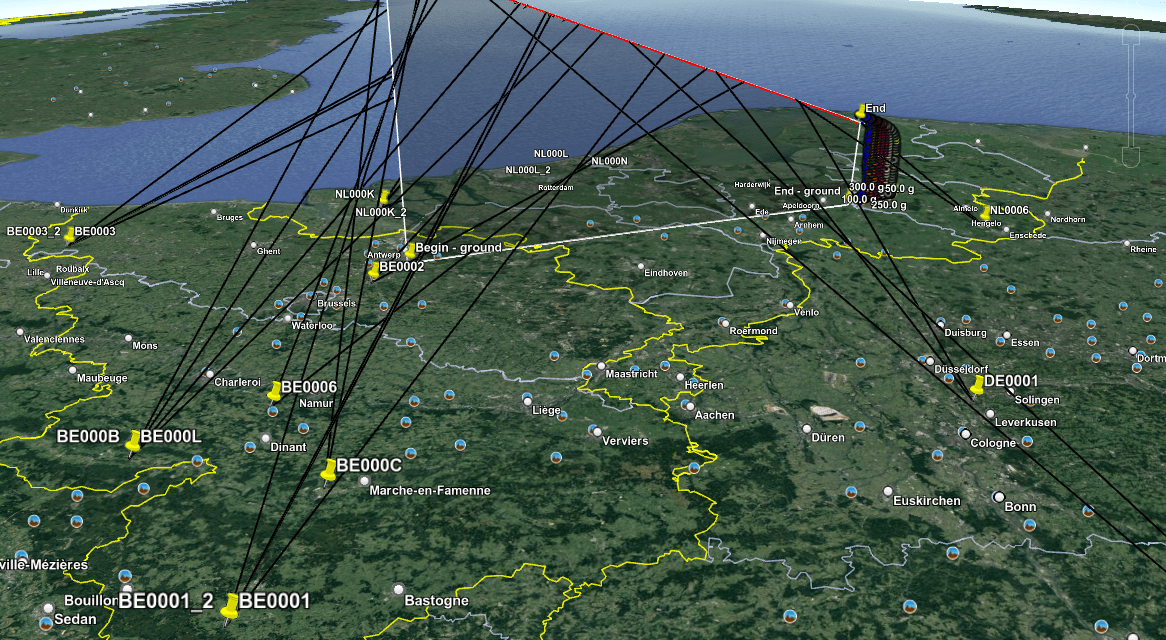By Kees Habraken, Denis Vida, Hervé Lamy, Pierre de Ponthiere, Roel Gloudemans, Jacques Masson, Uwe Glässner, Jürgen Dörr, Tammo Jan Dijkema, Steve Rau, Damir Šegon
Abstract: On May 27, 2023, a fireball dropped ~200 g of meteorites Northeast of Deventer in the Netherlands. Its fall has been observed by 13 cameras of the Global Meteor Network. We report its trajectory, strewn field, and orbit.
Introduction
This article is written from the perspective of the lead author, Kees Habraken.
What has the track of a fireball to do with the track of a ship? Well, they both started in Antwerp. On May 26 at 21h30m UTC while asleep I got a phone call, “work to do”. They called me to pilot the vessel Quetzal Arrow (Figure 1) from Antwerp (BE) to Flushing (NL). I knew it would be a long night work. On the way to the pilot station, I saw clear skies. Finally perfect weather for the RMS cameras to observe meteors. I boarded the vessel at Kallo-Lock around 23h30m and started piloting the vessel down the river Westerscheldt. At 01h09m UTC the vessel was heading NW when we left the light polluted terminals of the port of Antwerp, Belgium. A nice calm dark river with a crescent moon lying ahead.

Figure 1 – The ship Quetzal Arrow.
The Quetzal Arrow is not the fasted vessel. Plenty time to stare out of the window and watch the sky, of course, hoping to see a nice fireball or other nice event on the night sky. Nothing seen! After 4 hours sailing, together with the officer on watch, we watched the sunrise. We counted the sunspots (6) which were easy to identify. That was the most exciting event of the night…. I thought! We talked a bit about the destination of the vessel. She was on the way to the West coast USA via the Panama Canal, and final destination Canada the mate told me. That will a take a few weeks. My job was done, the vessel reached safely deep water and she was on the way to Canada, I wished them a safe voyage.
Fireball reduction
Back at home at around 07h30m local time, I checked the GMN weblog to see the captures of the night from the 4 RMS cameras. Hey, what is that? Camera NL000K captured a bright event (Figure 2). Hmmm, due to the reflections it looked like a re-entry of a piece space junk. I checked the weblog of the Belgian cameras. Yup, they captured the event too. Okay, this could be nice, but I was also disappointed that I missed the event while at work all night! It happened behind me at 01h09m UTC when the vessel was just leaving Antwerp. The fireball’s track started above Antwerp, and I did not see it! That’s why they say, “it is a once in a lifetime event to see a fireball with the naked eye”. I was excited, disappointed, and tired at the same time. What to do? Stay awake and check in detail the captured data or take a rest and check the data when awake again. Nature took over, the man with the hammer came along and I took a good sleep.
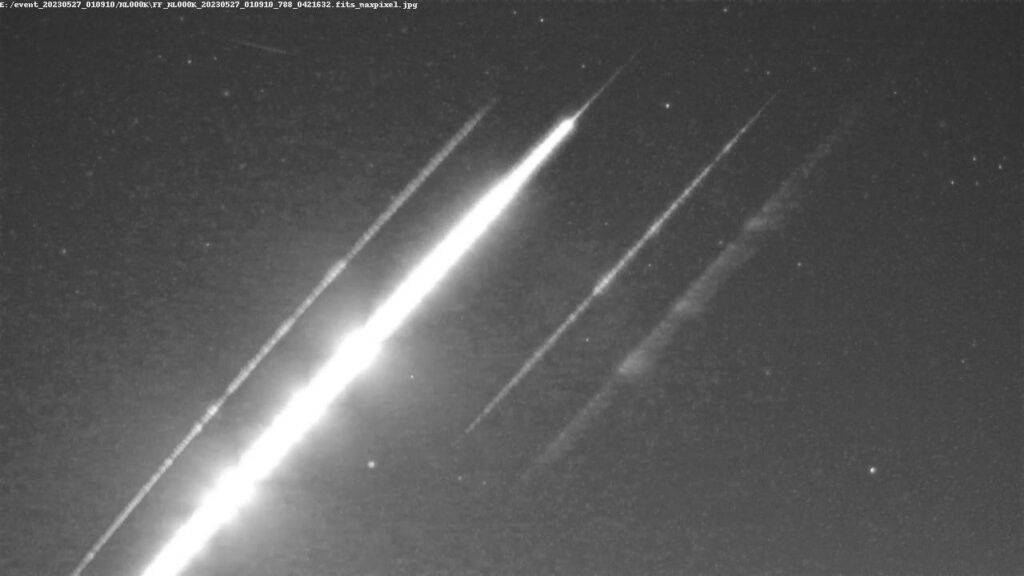
Figure 2 – The FF file for NL000K.
Awake again at 12h30m a bit early after an all-night job, but too excited about the event, I wanted to warn other observers that maybe a nice event had been captured by the RMS cameras. I pushed out a mail to the GMN mailing list, and I started checking the timelapse of other cameras than mine. For sure this was a nice event. Work to do, cool.
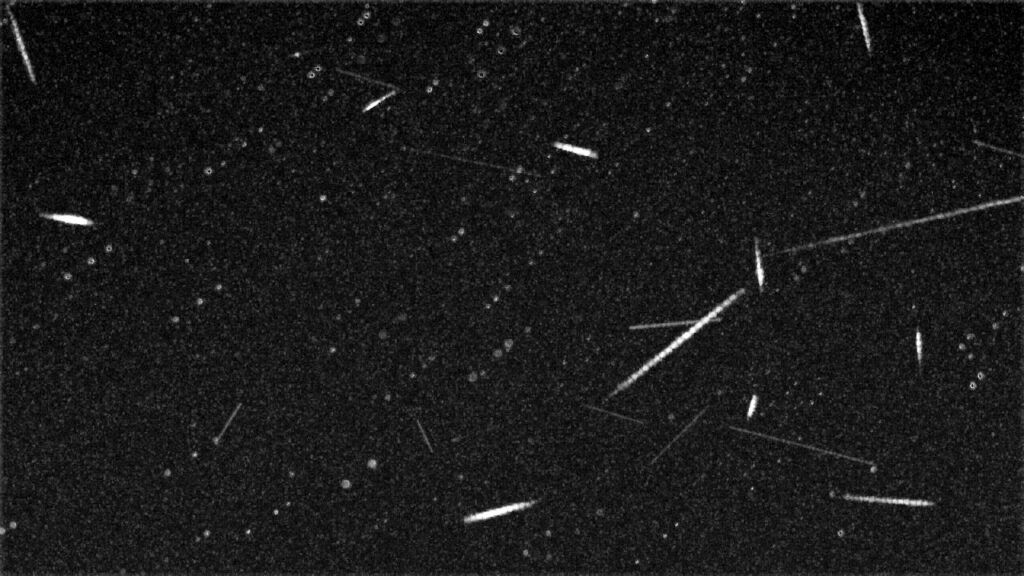
Figure 3 – The captured stack for NL000K.
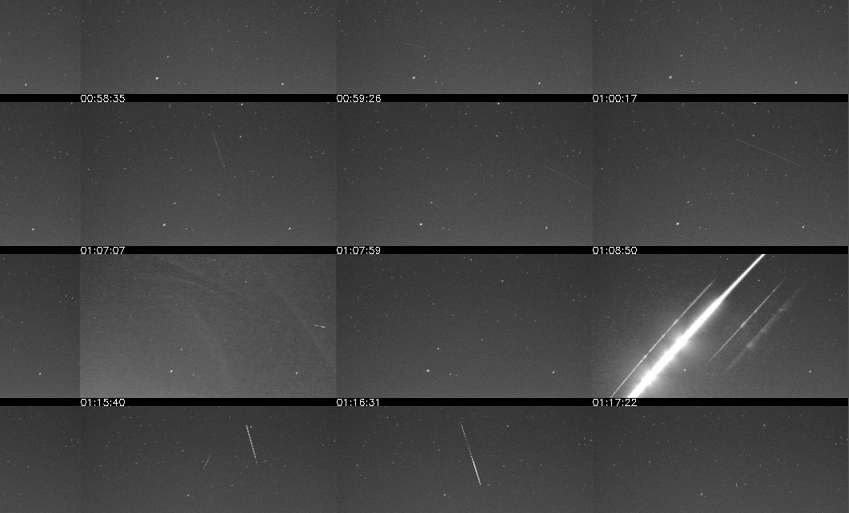
Figure 4 – The captured thumbnails for NL000K.
Soon it became clear via the incoming messages that it was a nice fireball. Saving and collecting data was the first job. Via mail some other observers from Belgium and Germany reported back with the datafiles. A daily check on the GMN weblog gives a good impression about what happened during the night. Check also the captured thumbnails, they give a good impression of the events. For example, the mentioned fireball was not in the stack image with meteor detections, but those only usually contain fainter meteors. (Figure 3). But the fireball was clearly visible in the captured thumbnails (Figure 4).
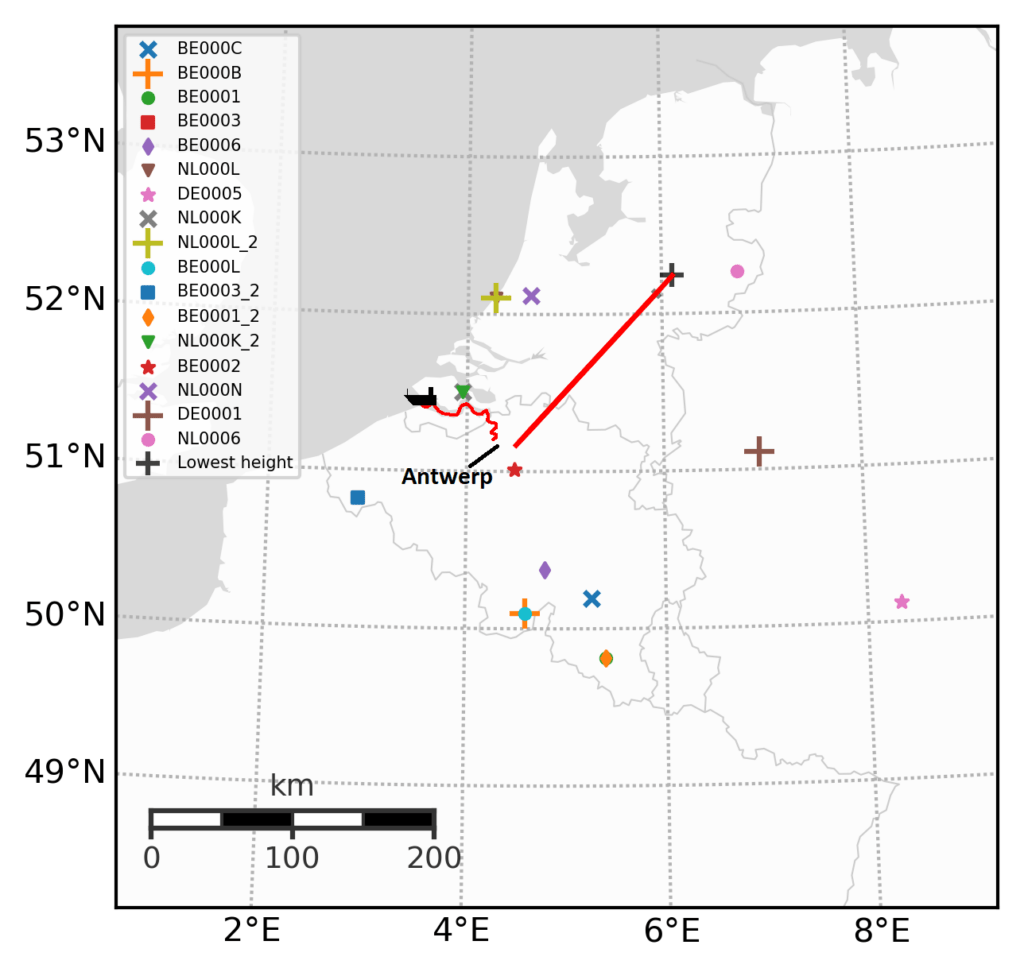
Figure 5 – Ground track of the fireball on 2023, May 27, 01h09m07s UTC and the route of the vessel Quetzal Arrow.

Figure 6 – 3D plot of the trajectory and the camera locations involved in the solution.
I was gently motivated to reduce this event. I watched the SkyFit2 software (Vida et al., 2021) tutorial a few times and started feeding it with the data I received from stations in Germany, Belgium, and The Netherlands (Figure 5). With some help I got the WMPL (Western Meteor Python Library) software to work (Vida et al., 2020), but I was missing data from the middle of the track as Denis told me later. Denis Vida collected all necessary data together to get a nice reduction of this Pinkster-fireball and came with the happy message that a small number of meteorites were dropped.
Trajectory
Denis improved my initial trajectory solution by adding GMN cameras that observed the fireball, a total of 13! The full trajectory and the positions of cameras are shown in Figure 6. The average measurement scatter from all cameras was well within 100 meters (Figure 7). NL0006 was the only one to capture the end of the fireball and showed an interesting deviation after the final fragmentation, something that has been observed for other meteorite-dropping fireballs too (e.g., Winchcombe; King et al., 2022).
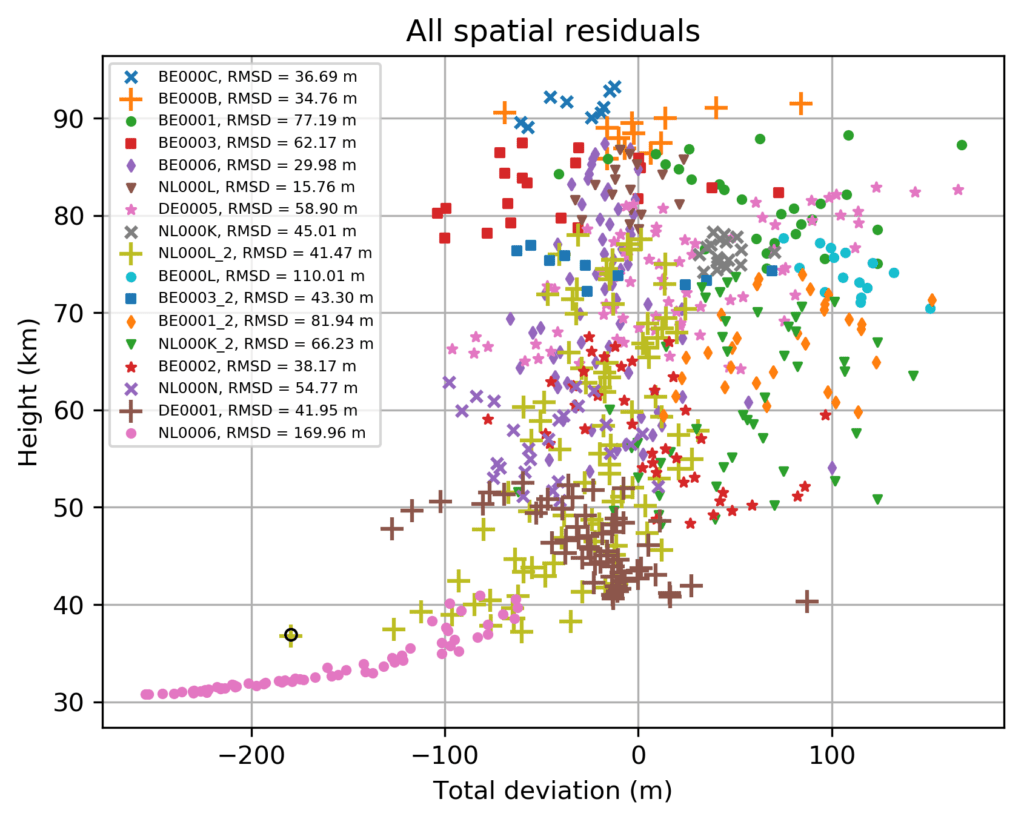
Figure 7 – All spatial residuals expressed in meters in function of the height for the fireball on 2023, May 27, 01h09m07s UTC.
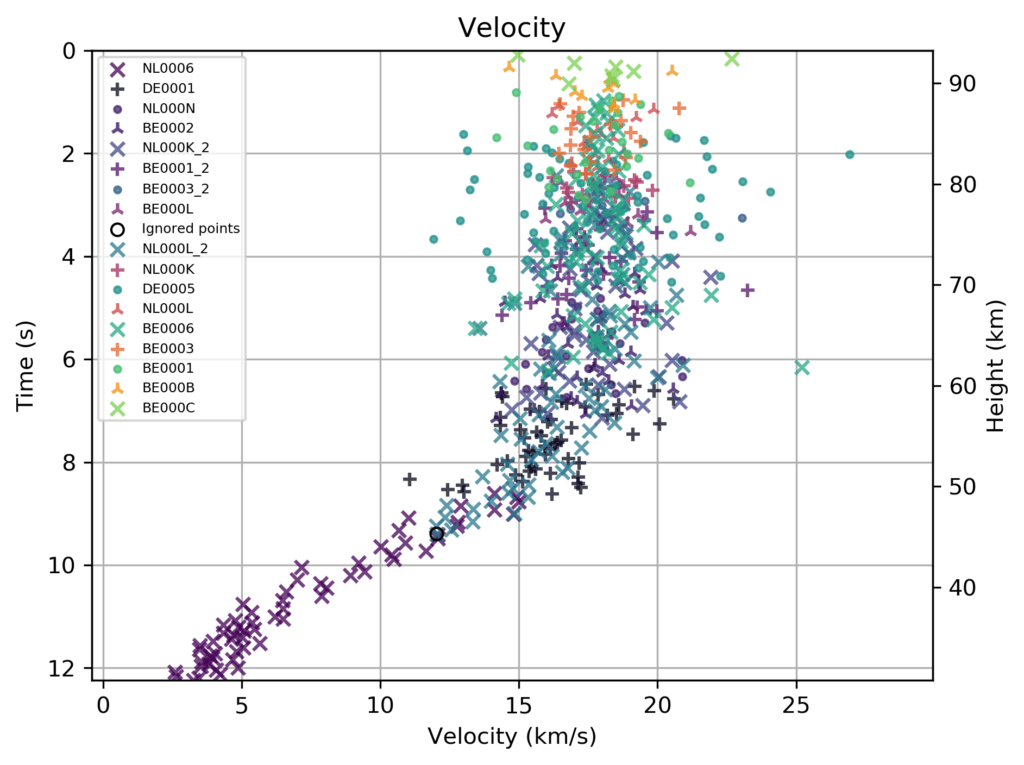
Figure 8 – Velocity and deceleration in function of time for the fireball on 2023, May 27, 01h09m07s UTC.
The fireball first became visible at the height of ~93 km over Antwerp and it flew about 175 km NE, ending just near Apeldoorn. The terminal height was ~30.5 km and it was last observed at a speed of ~3 km/s (Figure 8), indicating that some meteorites might have survived!
Strewn field
Running the dynamic mass script in WMPL produced Figure 9. Assuming a meteorite density of 3500 kg/m3 it predicts a meteorite on the ground between 140 – 380 g, with a nominal mass of about 200 g. Denis used wind measurements made in Essen (Germany, about 100 km SE) to predict the strewn field shown in Figure 10.
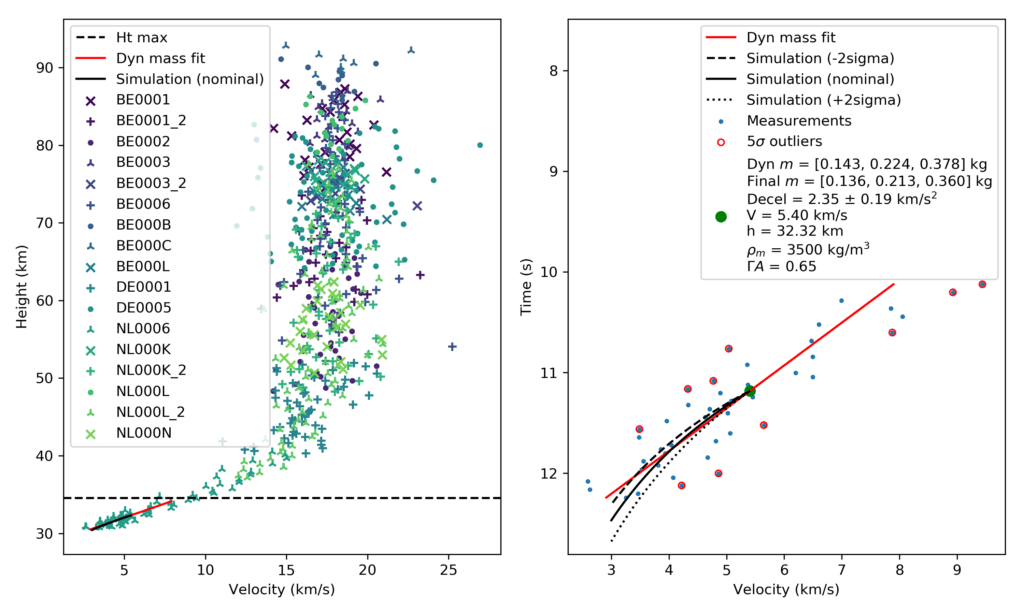
Figure 9 – The dynamic mass fit for the fireball on 2023, May 27, 01h09m07s UTC.
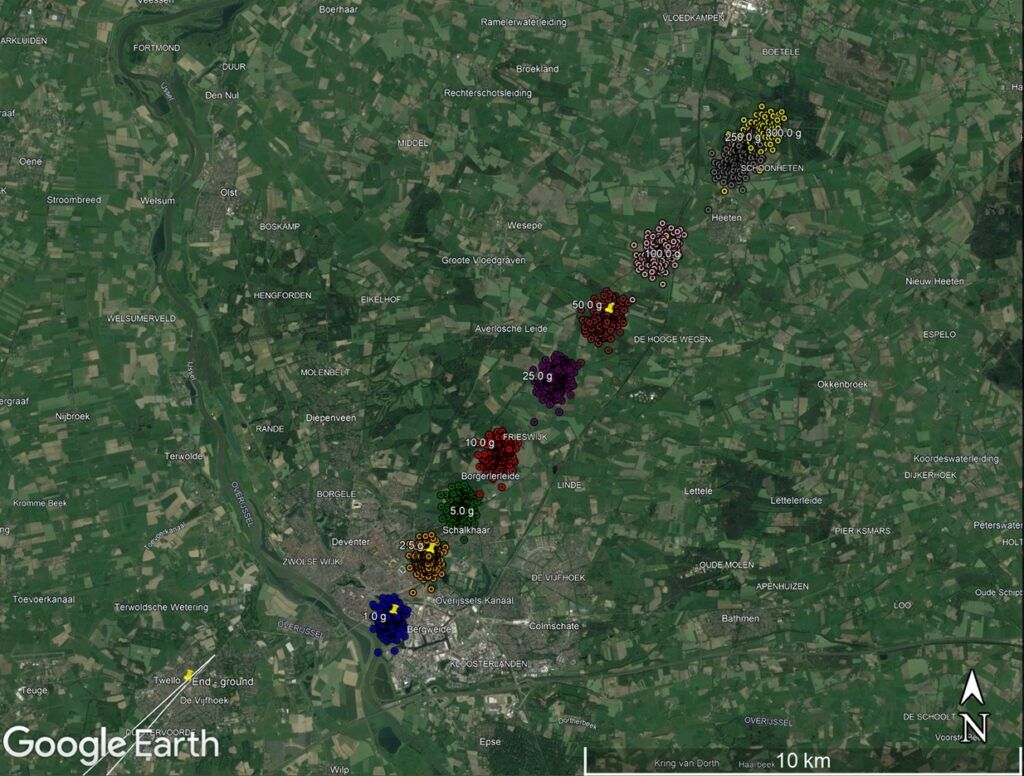
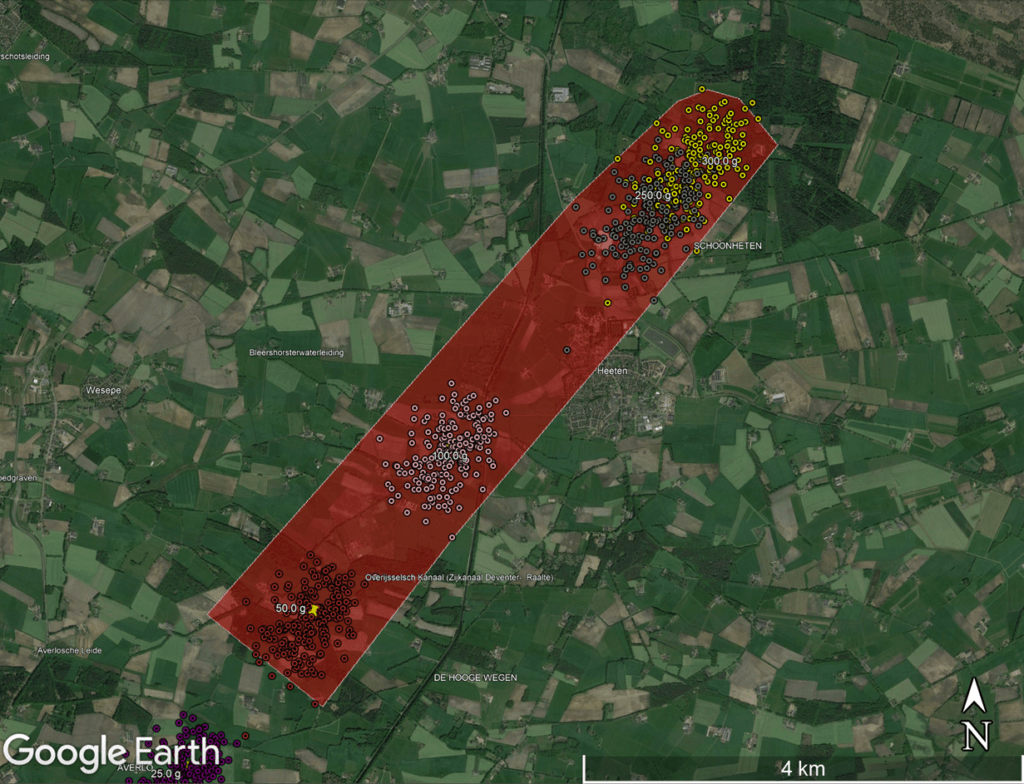
Figure 10 – The strewn field for the fireball on 2023, May 27, 01h09m07s UTC.
Due to the low elevation of the fireball of only ~21.3° the strewn field is long, the distance between the main mass and potential 10 g fragments of ~10 km. The strewn field was located NE of Deventer. Brick-shaped meteorites were assumed. As the strewn field was so big and the search zone for the main mass (1500 × 500 m) was on private land, we chose to make the strewn field public so local residents can check their properties.
Orbit
The orbit is nothing extraordinary, with an inclination around zero and coming from the asteroid belt (TJ = 3.4). A top-down orbit is shown in Figure 11. A parent body search returned a few potential candidates (2020 RG10 and 2022 KK) with Southworth-Hawkins D criterion values of < 0.05 (Southworth & Hawkins, 1963) but this is a dense part of the asteroid belt, so this correlation is most probably spurious. The radiant and full orbital elements with 1 sigma uncertainties and a 95% confidence interval are given in Table 1.
Table 1 – The ground fixed radiant and initial velocity, the geocentric radiant and velocity and the orbital elements.
|
Name |
Value | 1σ | 95% CI lower | 95% CI upper |
| Az. (°) | 222.40 | 0.01 | 222.388 | 222.429 |
| Elev. (°) | 21.51 | 0.008 | 21.494 | 21.526 |
| vini (km/s) | 17.71 | 0.001 | 17.704 | 17.71 |
| R.A. (°) | 221.42 | 0.01 | 221.396 | 221.440 |
| Decl. (°) | –16.63 | 0.01 | -16.650 | -16.614 |
| vg (km/s) | 14.03 | 0.002 | 14.025 | 14.031 |
| a (AU) | 2.22 | 0.0008 | 2.2138 | 2.2169 |
| e | 0.6164 | 0.0001 | 0.6162 | 0.6166 |
| i (°) | 0.25 | 0.004 | 0.2411 | 0.2551 |
| ω (°) | 55.896 | 0.022 | 55.854 | 55.935 |
| Ω (°) | 244.043 | 0.018 | 244.01 | 244.08 |
| q (AU) | 0.8498 | 0.00007 | 0.8497 |
0.8500 |
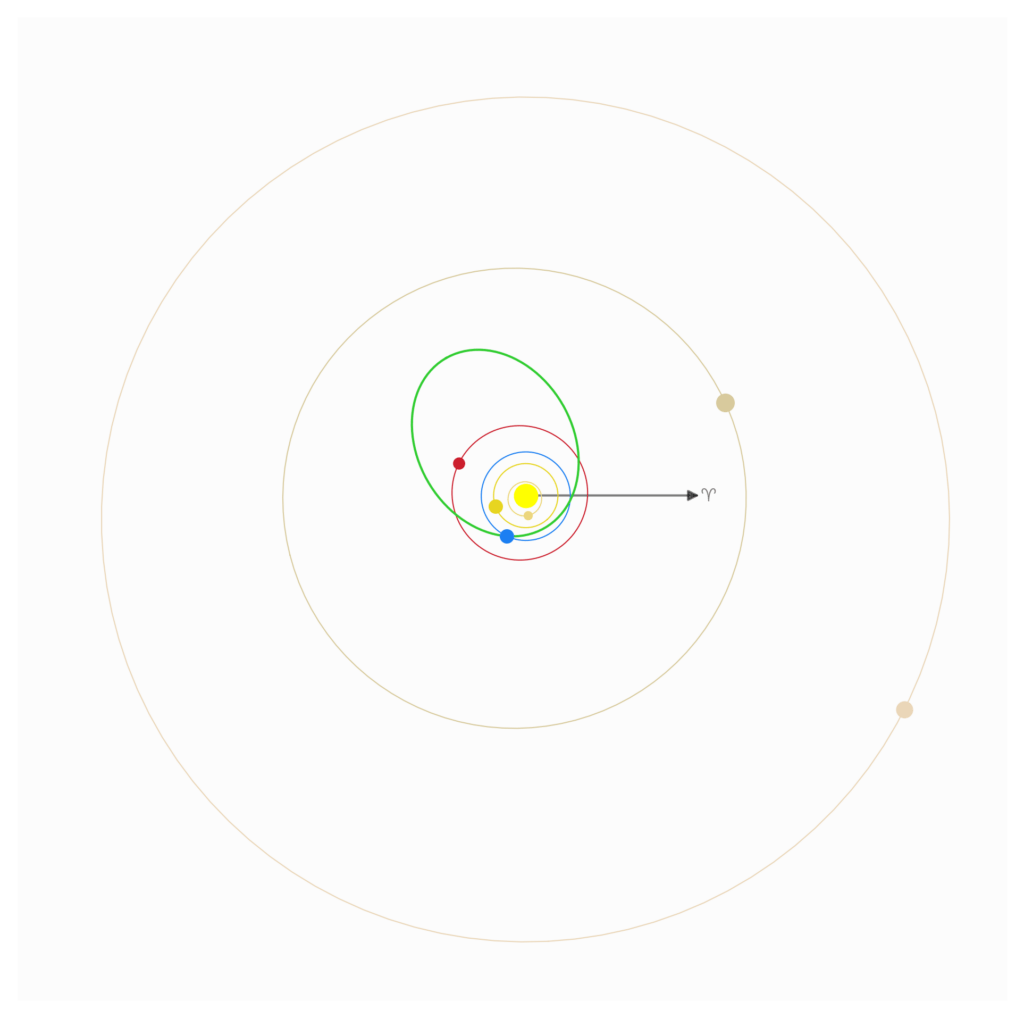
Figure 11 – The orbit in the Solar System for the fireball on 2023, May 27, 01h09m07s UTC.
References
King A. J., Daly L., Rowe J., Joy K. H., Greenwood R. C., Devillepoix H. A., Suttle M. D., Chan Q. H., Russell S. S., Bates H. C. and Bryson J. F. (2022). “The Winchcombe meteorite, a unique and pristine witness from the outer solar system”. Science Advances, 8(46), p.eabq3925.
Southworth R. B. and Hawkins G. S. (1963). “Statistics of meteor streams”. Smithsonian Contributions to Astrophysics, 7, 261–285.
Vida D., Gural P. S., Brown P. G., Campbell-Brown M. and Wiegert P. (2020). “Estimating trajectories of meteors: an observational Monte Carlo approach–I. Theory”. Monthly Notices of the Royal Astronomical Society, 491, 2688–2705.
Vida D., Šegon D., Gural P. S., Brown P. G., McIntyre M. J., Dijkema T. J., Pavletić L., Kukić P., Mazur M. J., Eschman P., Roggemans P., Merlak A., Zubrović D. (2021). “The Global Meteor Network – Methodology and first results”. Monthly Notices of the Royal Astronomical Society, 506, 5046–5074.

